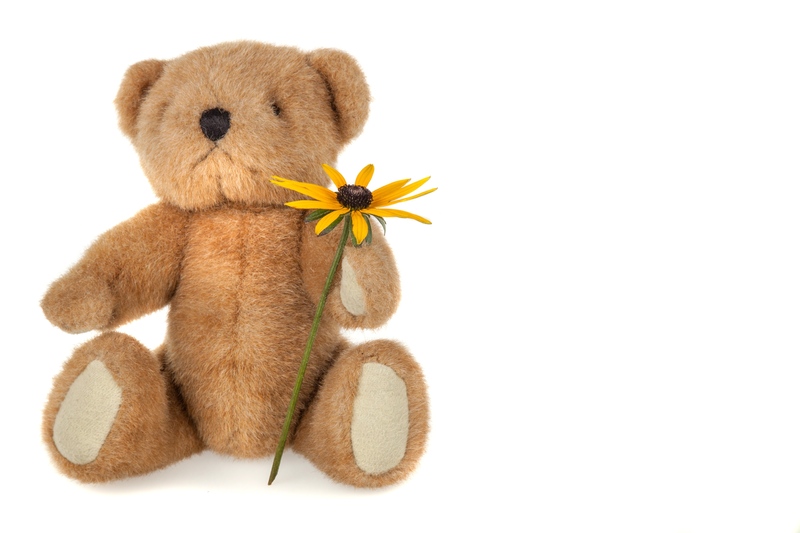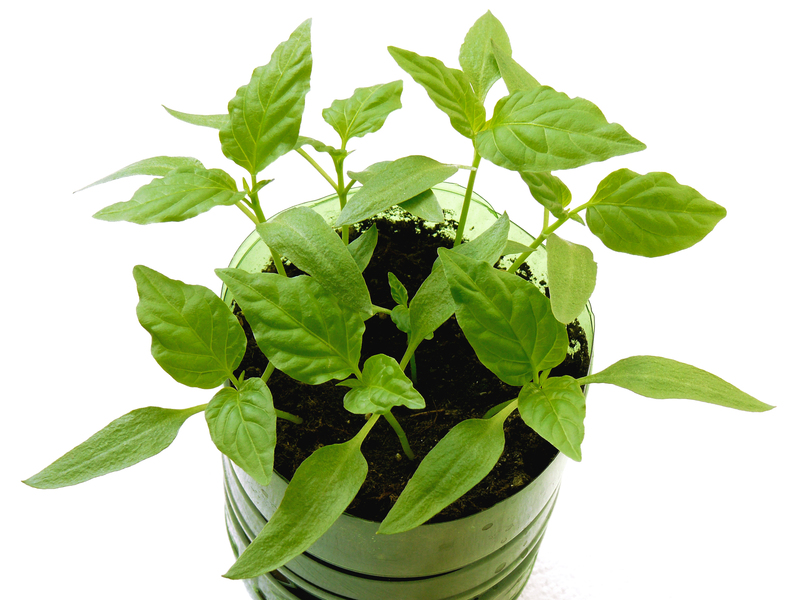Eco-Friendly Upcycling: How to Breathe New Life Into Unwanted Objects
Discover the transformative power of eco-friendly upcycling! Whether you're passionate about sustainability, looking to reduce waste, or simply enjoy creative projects, upcycling offers countless opportunities to repurpose unwanted items and protect our planet. Read on to explore the art of creative reuse, step-by-step guides, real-life examples, and practical eco-friendly upcycling tips to get you started on your green journey.
What is Eco-Friendly Upcycling?
Eco-friendly upcycling is the process of transforming discarded items, materials, or waste products into something of higher value or quality, while minimizing environmental impact. Unlike traditional recycling, which often breaks materials down for reuse, upcycling creatively repurposes objects to extend their life and utility without additional processing. Through upcycling, you can reduce landfill waste, lower your carbon footprint, and add unique flair to your home or wardrobe.
Key Benefits of Eco-Friendly Upcycling
- Reduces waste and conserves resources
- Less energy and water usage compared to recycling or manufacturing new products
- Encourages creativity and personalization
- Saves money by repurposing what you already own
- Promotes sustainable living and environmental awareness
- Builds community connections through craft fairs, swap events, or online sharing platforms

Why Choose Upcycling Over Traditional Recycling?
While both recycling and upcycling contribute positively to environmental preservation, upcycling is often more eco-friendly as it avoids the resource-intensive processing required for recycling. For instance, recycling plastic bottles involves shredding, melting, and remanufacturing--all of which use significant energy and water. Eco-friendly upcycling, on the other hand, allows you to transform those same bottles into creative planters, storage containers, or art pieces with minimal energy output.
Popular Ideas for Eco-Friendly Upcycling
Ready to breathe new life into unwanted objects around your home? Here are some inspiring, practical ways to get started on your upcycling journey:
1. Furniture Upcycling
- Refinish old tables or chairs with eco-friendly paint or stains
- Convert wooden pallets into coffee tables, shelves, or garden planters
- Transform a dresser into a bathroom vanity or kitchen island
2. Clothing and Textile Upcycling
- Turn worn-out jeans into tote bags, organizers, or quilt patches
- Repurpose T-shirts as cleaning rags, art canvases, or braided rugs
- Embellish old jackets with patches, embroidery, or fabric paint for a personalized touch
3. Glass Jars and Containers
- Upcycle glass bottles as vases, candle holders, or light fixtures
- Reuse jars for bulk food storage, smoothie cups, or DIY body scrubs
- Create terrariums or mini planters from old glass jars
4. Creative Art Projects
- Use scrap paper for homemade greeting cards or gift tags
- Upcycle old books or magazines into origami, collages, or framed art
- Turn broken jewelry into mosaics, wind chimes, or new accessories
5. Upcycling Technology
- Transform old phones into security cameras or digital photo frames
- Reimagine CDs and floppy disks as coasters, clocks, or wall art
- Disassemble outdated electronics for unique jewelry, sculptures, or keychains
How to Get Started with Eco-Friendly Upcycling
If you're new to eco-friendly upcycling, you might be wondering where to begin. Start by following these simple steps:
- Choose your item or material: Look around for objects that are damaged, outdated, or unused but still have potential--old furniture, clothes, glassware, electronics, and packaging are ideal candidates.
- Brainstorm creative uses: Consider what the object could become. Search for upcycling inspiration online, or ask friends and family for ideas.
- Gather materials and tools: Eco-friendly upcycling projects may require scissors, glue, sandpaper, non-toxic paints, or simple power tools. Always consider safety and sustainability.
- Design and transform: Plan your project, sketch a rough design if necessary, and start crafting!
- Share your creation: Inspire others by sharing before-and-after photos on social media or through community groups. You might even spark an upcycling movement in your neighborhood!
Tips for Successful Eco-Friendly Upcycling
- Start Small: Begin with simple projects if you're new to upcycling--paint a picture frame, make a candle holder, or repurpose cans into organizers.
- Embrace Imperfection: Upcycled creations often have unique character. Don't worry about making them look factory-new; charm and individuality set them apart.
- Be Eco-Conscious: Use non-toxic, biodegradable, or recycled materials whenever possible to ensure your projects stay environmentally friendly.
- Learn New Skills: Upcycling is a great opportunity to experiment with painting, sewing, woodworking, or electronics.
- Stay Safe: Always wear protective gear, use tools correctly, and ventilate your workspace when working with glues or paints.
The Environmental Impact of Upcycling
One of the most compelling reasons to embrace eco-friendly upcycling is its profound impact on the environment. By keeping items out of the landfill, upcycling helps to:
- Reduce greenhouse gas emissions: Fewer items incinerated or buried means less methane production and carbon pollution.
- Conserve natural resources: Reusing materials eliminates the need for raw material extraction (such as logging, mining, or oil drilling).
- Minimize microplastic pollution: Upcycling textiles and plastics prevents fibers and fragments from entering waterways.
- Encourage ethical consumption: Shifting focus from disposable products to reuse discourages planned obsolescence and fast fashion.
In fact, if everyone incorporated upcycling into their lifestyle, we could significantly reduce the volume of waste clogging our landfills and oceans. Upcycling empowers individuals and communities to take direct action against the throwaway culture.
Common Upcycling Myths--Debunked!
- Myth: Upcycling is just for artists or crafters.
Fact: Anyone can upcycle! Projects range from simple home hacks to elaborate art installations--even minor repairs or adaptations count as upcycling. - Myth: Upcycled products look cheap or unprofessional.
Fact: Upcycled items can be as stylish, durable, and functional as brand-new ones--and often more unique! - Myth: Upcycling takes too much time or effort.
Fact: Plenty of upcycling projects can be completed in under an hour. Many require nothing more than basic tools and creativity.
Upcycling Success Stories to Inspire You
Still skeptical about the value of upcycling? Here are a few real-world case studies:
The Pallet Revolution
In cities worldwide, creative individuals and businesses have transformed discarded shipping pallets into stylish furniture, public seating, and community gardens--saving wood from landfill while enhancing neighborhoods.
Fashion From Waste
Major fashion labels and independent designers alike are embracing sustainable upcycling. Old denim is being reworked into runway-ready outfits, worn T-shirts become trendy bags, and even ocean plastics are finding new life as eco-friendly sneakers.
Bottle Brilliance
From chic chandeliers to eco-bricks used in construction, glass and plastic bottles are being upcycled into durable household items and even entire buildings--proving that a little ingenuity can turn trash into treasure.
Frequently Asked Questions About Eco-Friendly Upcycling
What materials are easiest to upcycle?
Wood, textiles (like clothes and linens), glass jars, cardboard, and certain plastics are some of the best materials to start with. These are widely available, easy to handle, and have limitless creative potential.
Is upcycling really better for the environment?
Yes! Eco-friendly upcycling saves energy, reduces waste, and encourages a circular economy where resources are continually reused instead of disposed of.
How can I make my upcycling projects more sustainable?
- Choose non-toxic adhesives and finishes
- Source locally discarded or salvaged materials
- Design objects for easy repair or eventual recycling
- Share materials, skills, or finished items with your community

Taking Your Upcycling to the Next Level
If you're passionate about eco-friendly upcycling and want to promote sustainability beyond your home, consider:
- Organizing neighborhood swap meets or upcycling workshops
- Partnering with local schools to teach upcycling to children
- Selling upcycled products online or at craft markets
- Collaborating with community centers or environmental groups on larger projects
Every upcycling effort helps build a more circular, eco-conscious culture. Even a single upcycled item can inspire others to reconsider their relationship with waste.
Conclusion: Start Your Eco-Friendly Upcycling Adventure Today!
Eco-friendly upcycling is more than a trend; it's a movement towards creative, sustainable living. By breathing new life into unwanted objects, you're contributing to a healthier planet, unlocking your own creative potential, and cultivating a culture of mindful reuse. Start small, share your projects, and remember--every item you upcycle makes a difference! Begin your upcycling journey today and be a part of the sustainable revolution.
Ready for more inspiration? Follow leading eco-friendly upcycling blogs, join online forums, and participate in local sustainability events to connect with fellow upcyclers and transform the world, one creative project at a time!
